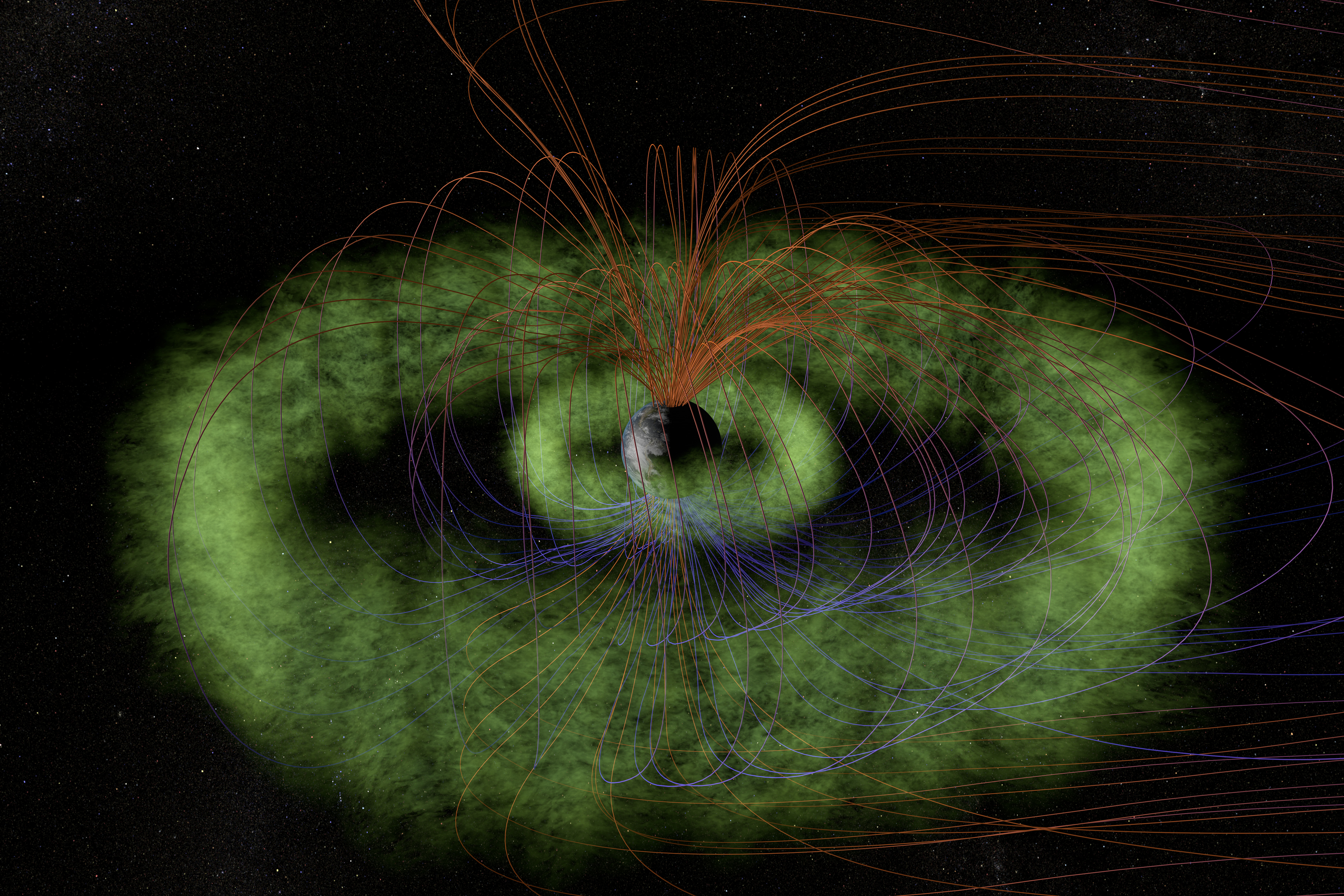The latest episode of Tech Talks takes on the question of radiation in space and its effects on electronics in spacecraft.
"Space is a harsh environment, and the radiation effects on microelectronics can cause everything from gradual degradation to catastrophic failures," explains Aerospace's Kevin Bell. "So how do we make sure that the electronics we rely on for mission success are up to the challenge?"
Jennifer Taggart, manager of Aerospace's Microelectronics Technology Department, joins to answer the question.
"The main particles we're concerned with in the radiation environment are electrons, protons, and galactic cosmic rays," she said. "In order to understand all of the effects from those particles, we have to go to a variety of different facilities."

One important test looks at how much radiation-induced electrical charge, or ionization, something can take.
"We do total ionizing dose testing here at Aerospace using cobalt-60, which provides a high energy gamma ray that will penetrate through the devices," Taggart says. "Total dose testing allows us to understand the lifetime of the computer in the satellite, so that we know how much charge it can receive before it starts to degrade."
It's important that this testing is done on devices and components that are hardened against radiation and those, like commercial off-the-shelf components, that might not be.
Taggart also acknowledged the usefulness of simulated environments and projections, but noted that "we like to rely on physical, measured data. Sometimes it's hard to test for every single scenario, so in that case simulation is a valuable tool."
You can hear the rest of the details on these and other topics in the full conversation here or above.
